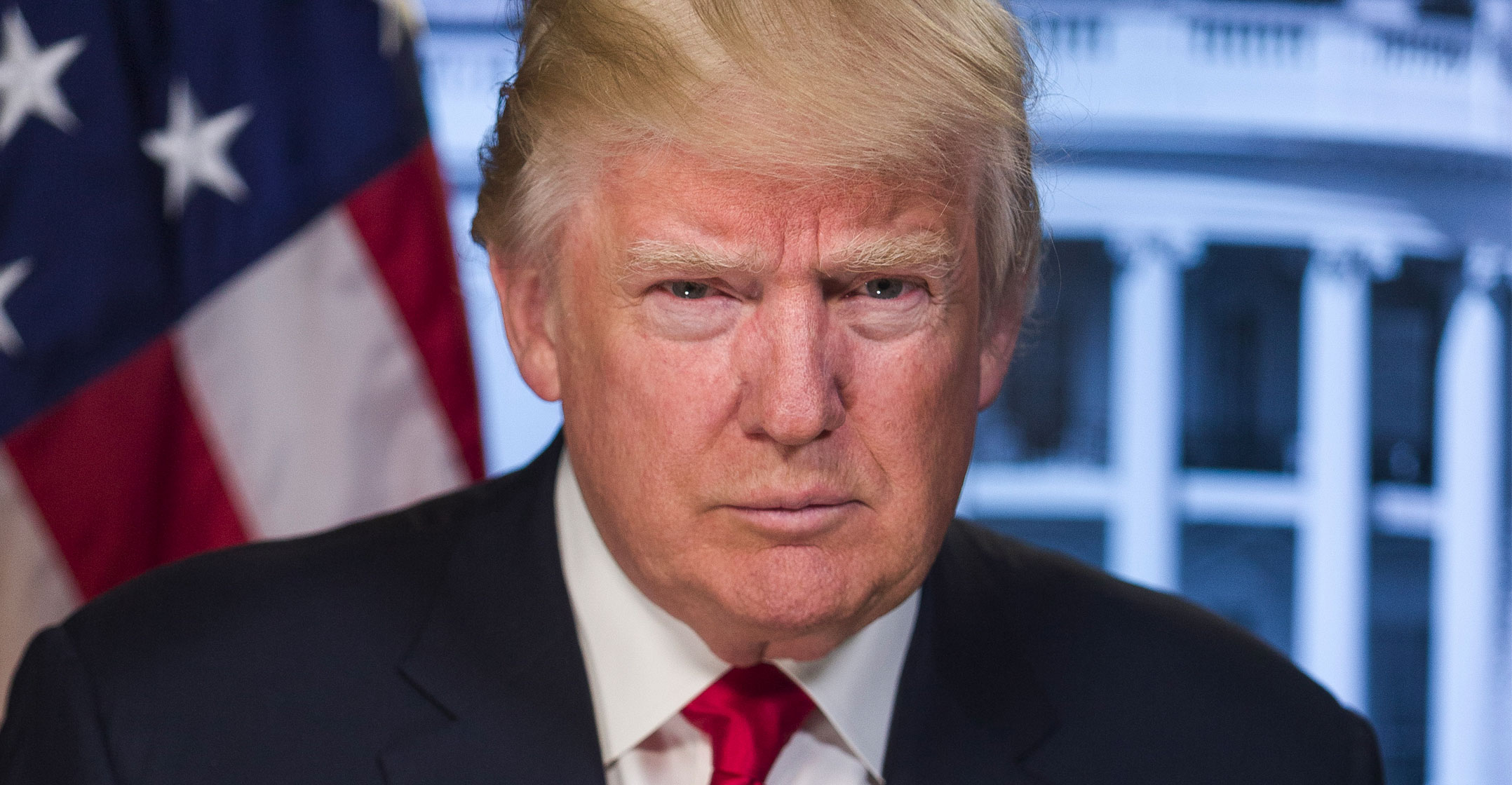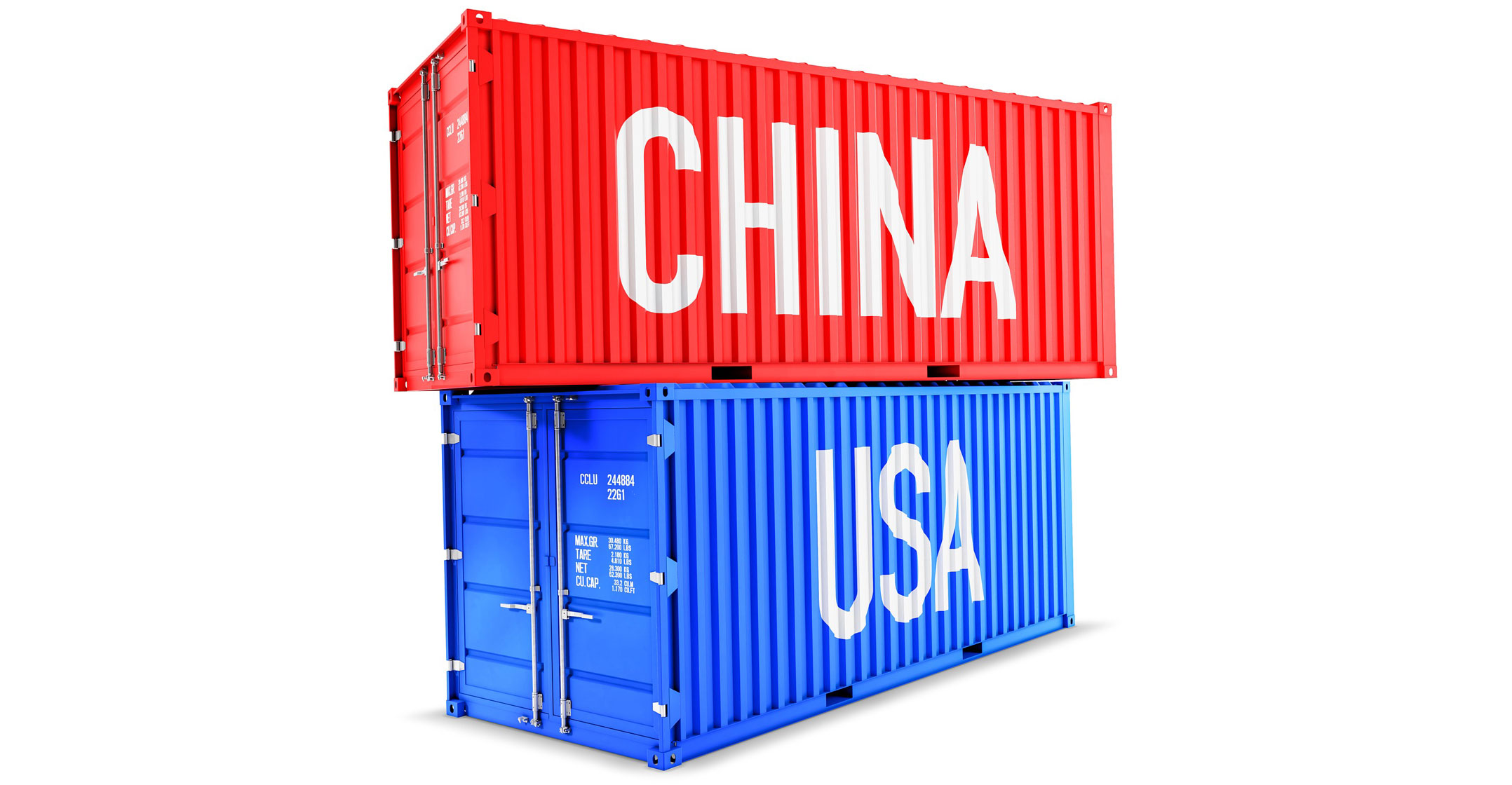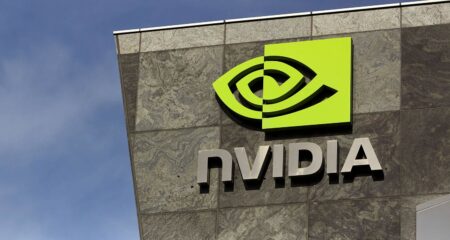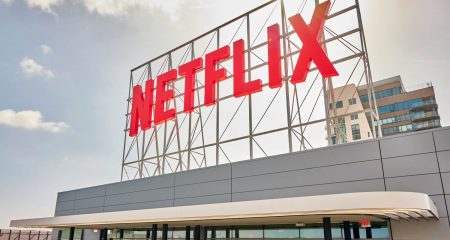
The Donald Trump administration slapped tariffs on roughly US$110-billion in Chinese imports on Sunday, marking the latest escalation in a trade war that’s inflicting damage across the world economy. China retaliated.
The 15% US duty hit consumer goods ranging from footwear and apparel to home textiles and certain technology products like the Apple Watch. A separate batch of about $160-billion in Chinese goods — including laptops and cellphones — will be hit with 15% tariffs on 15 December. President Trump delayed part of the levies to blunt the impact on holiday shopping.
While the Trump administration has dismissed concern about a protracted trade war, business groups are calling for a tariff truce and the resumption of negotiations between the world’s two largest economies.
Face-to-face talks between Chinese and American trade negotiators scheduled for Washington in September are still happening “as of now”, Trump told reporters on Friday before going to Camp David, the US presidential retreat. “We’re going to win the fight,” he said.
China has repeatedly decried US pressure tactics, with signs that its officials are girding for a prolonged confrontation.
“China’s determination to fight against the US economic warmongering has only grown stronger, and its countermeasures more resolute, measured and targeted,” according to a commentary by the official Xinhua News Agency after the tariffs kicked in. One thing that “White House tariff men should learn is that the Chinese economy is strong and resilient enough to resist the pressure brought about in the ongoing trade war”.
Cost
While Trump has repeatedly said China is paying for his tariffs, many companies and economists say that US importers bear the cost — and some of it is passed on to consumers.
The non-partisan Congressional Budget Office in August projected that by 2020, Trump’s tariffs and trade war will reduce the level of real US GDP by about 0.3% and reduce average real household income by $580.
That followed a JPMorgan Chase & Co note to clients estimating that the latest round of tariffs will increase the average cost per US household to $1 000/year — up from $600 for duties enacted last year. That estimate is in the low range because it was based on a duty rate of 10%, before Trump increased it to 15%.
 About 90% of California-based JLab Audio’s headphones and other wireless products targeted for duties got hit on Sunday, possibly hurting holiday sales and forcing a delay in hiring, CEO Win Cramer said. About 40% of the company’s sales come in the fourth quarter, he said.
About 90% of California-based JLab Audio’s headphones and other wireless products targeted for duties got hit on Sunday, possibly hurting holiday sales and forcing a delay in hiring, CEO Win Cramer said. About 40% of the company’s sales come in the fourth quarter, he said.
“If I had hair, I’d be pulling it out,” Cramer said. “I’m really concerned about the financial performance of the business, knowing that if we continue to eat this cost, how much it hurts.”
The tariffs are also harming the global economy. The International Monetary Fund in July further reduced its world growth outlook, already the lowest since the financial crisis, amid the uncertainty from the trade conflict.
China’s retaliation took effect as of 12.01pm on Sunday in Beijing, with higher tariffs being rolled out in stages on a total of about $75-billion of US goods. Its target list strikes at the heart of Trump’s political support — factories and farms across the Midwest and South at a time when the US economy is showing signs of slowing down.
Another issue that “Washington’s trade hardliners need to stop denying is that their trade war is hurting the American people and businesses”, according to Xinhua.
Higher Chinese duties that took effect on 1 September include an extra 10% on American pork, beef and chicken, and various other agricultural goods, while soybeans will get hit with an extra 5% tariff on top of the existing 25%. Starting in mid-December, American wheat, sorghum and cotton will also get a further 10% tariff. While China imposed a new 5% levy on US crude oil starting from September, there was no new tariff on liquefied natural gas.
Backfired
The resumption of a suspended extra 25% duty on US cars will resume on 15 December, with another 10% on top for some vehicles. With existing general duties on cars taken into account, the total tariff charged on US-made cars would be as high as 50%.
Gary Shapiro, president of the Consumer Technology Association, said the Trump administration’s approach of using tariffs to pressure China into a deal has backfired.
“US companies have to spend more resources on constantly changing trade rules and less on innovation, new products and our economic health,” Shapiro said. “This is not how you reach a meaningful trade agreement.” — Reported by Jenny Leonard and Mark Niquette, with assistance from Jeffrey Black and Miao Han, (c) 2019 Bloomberg LP




